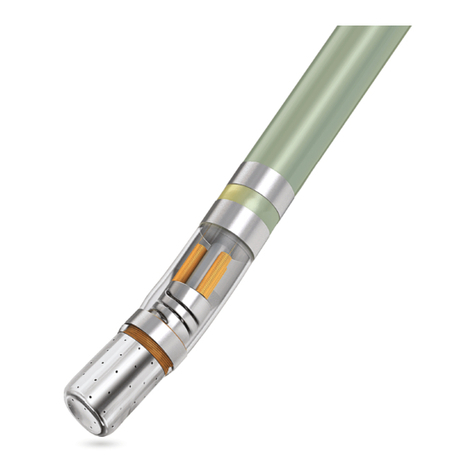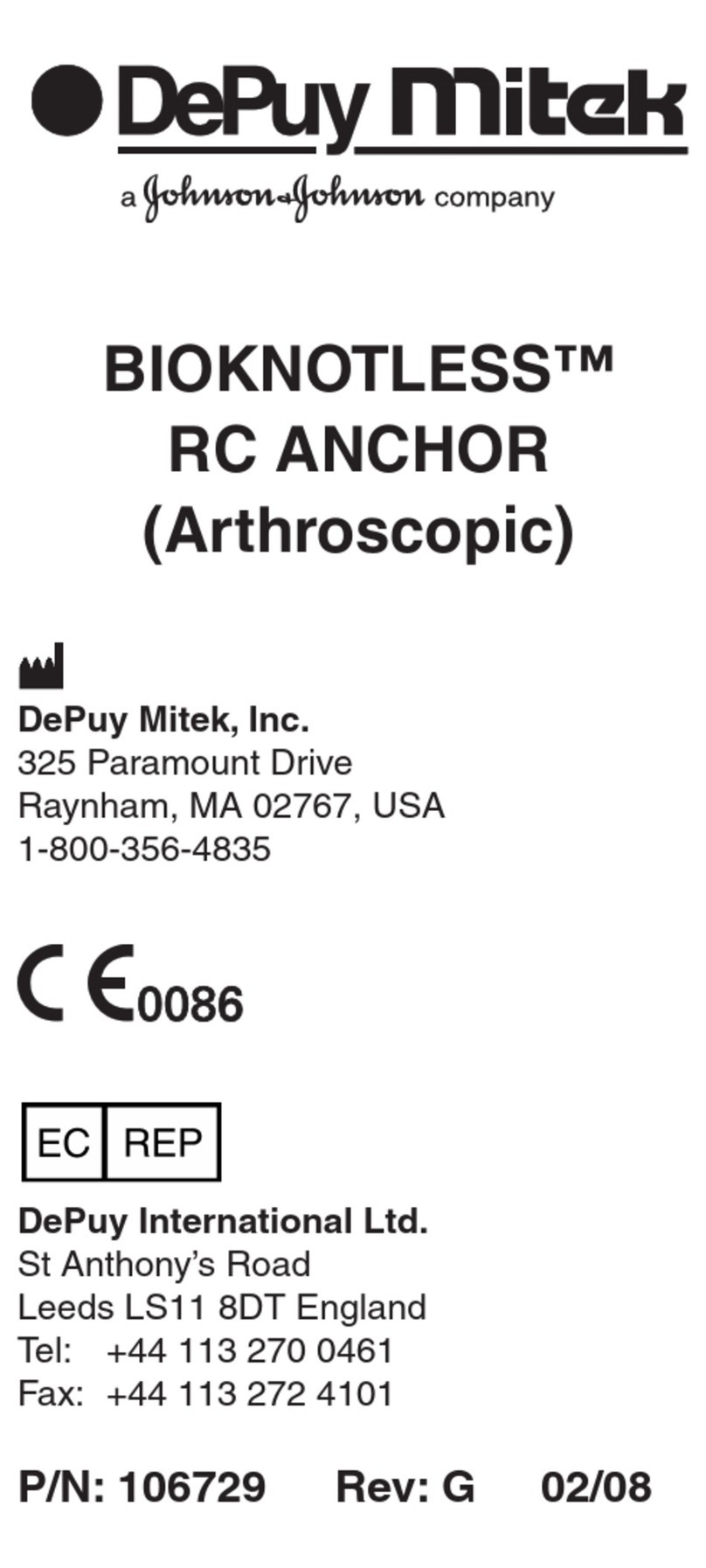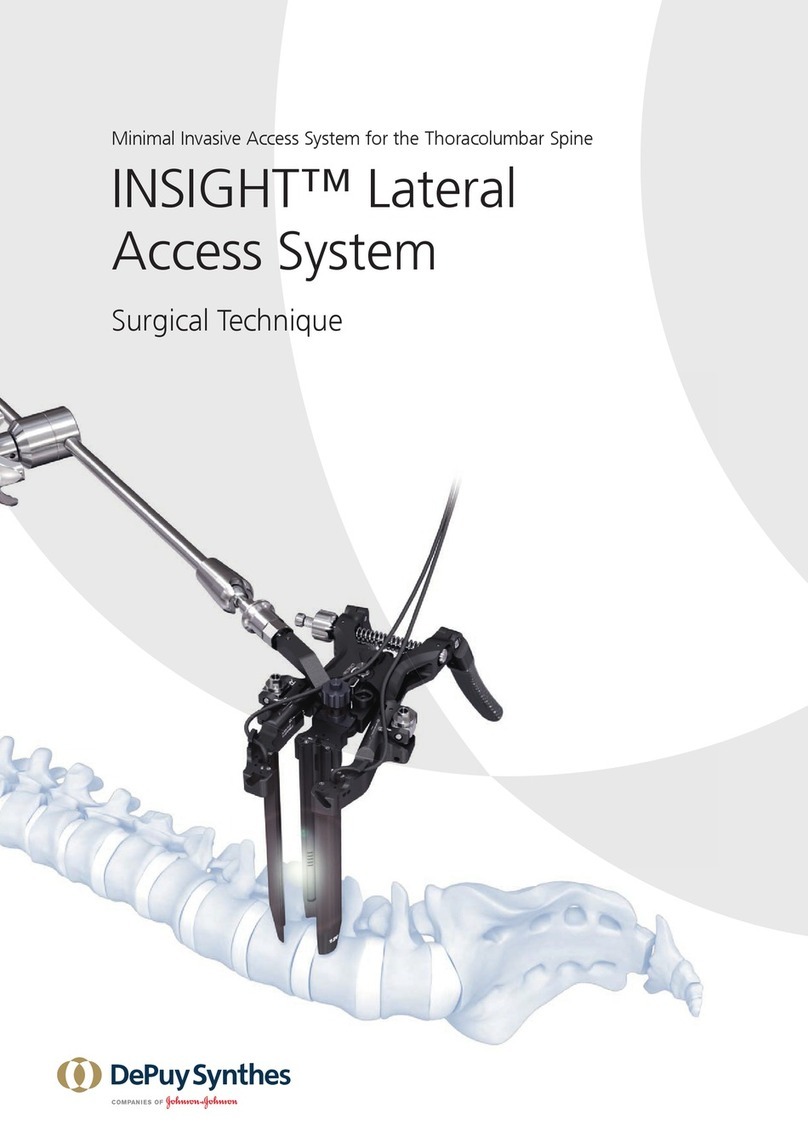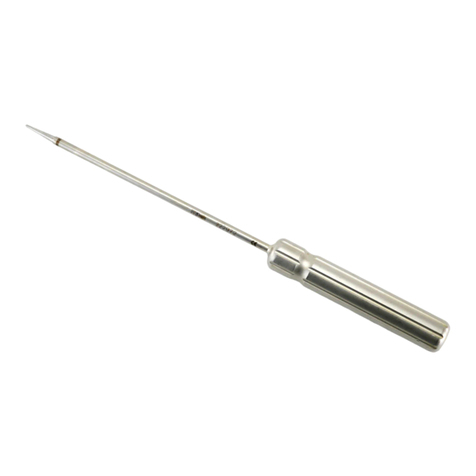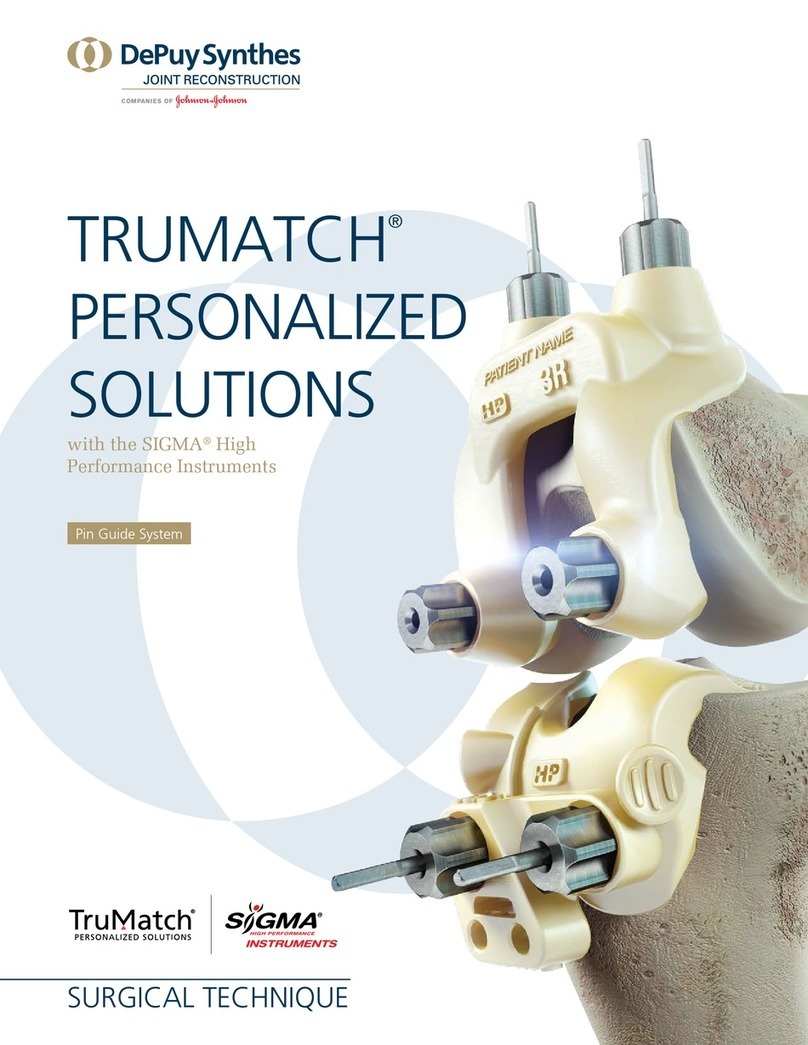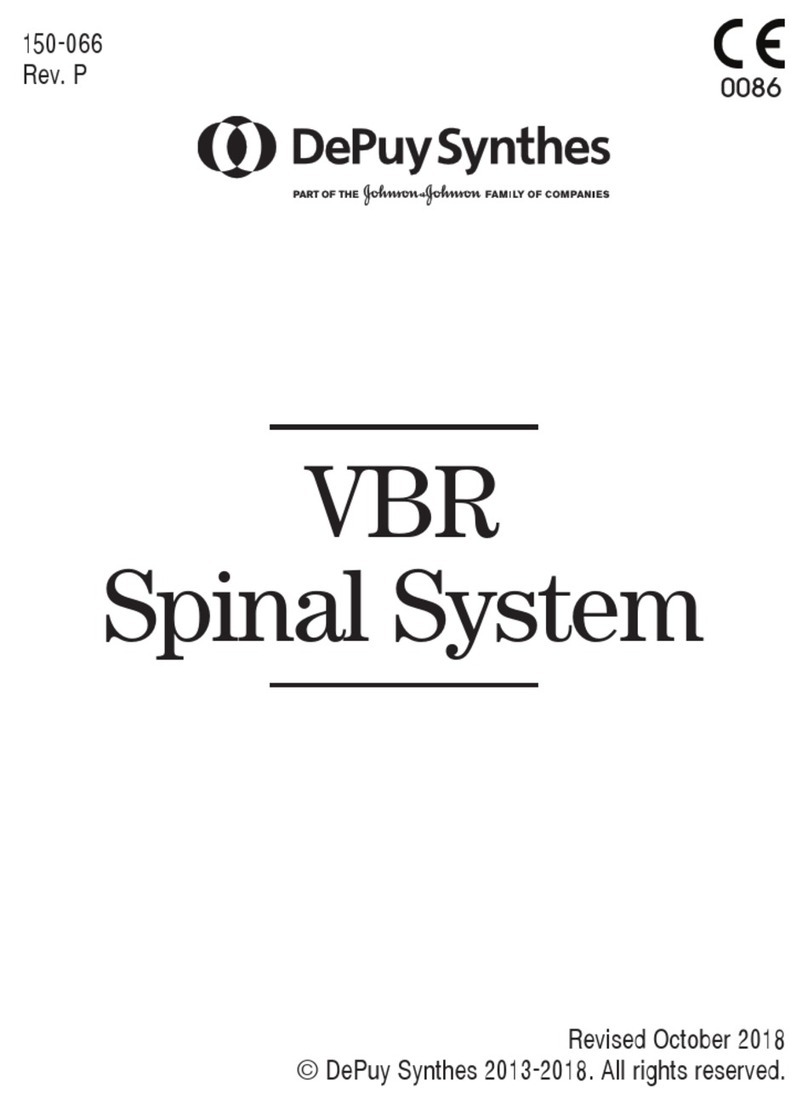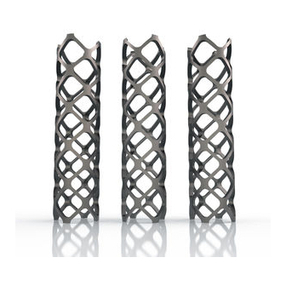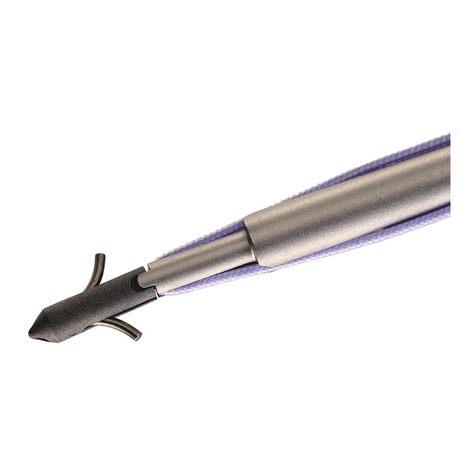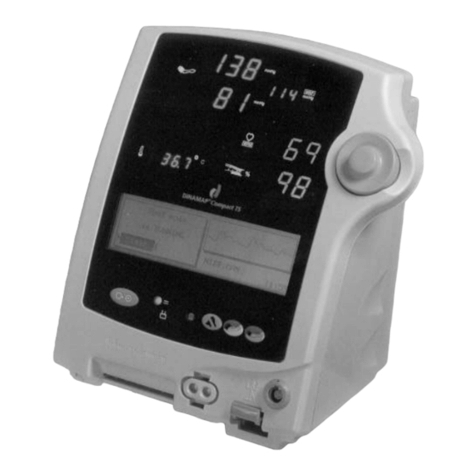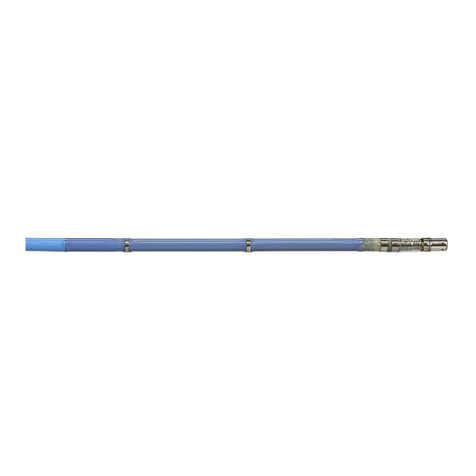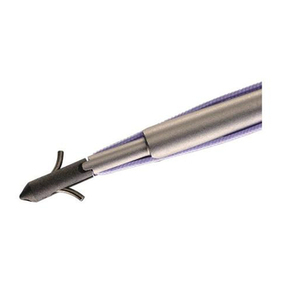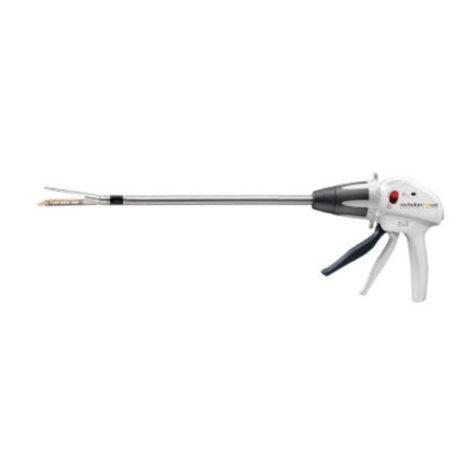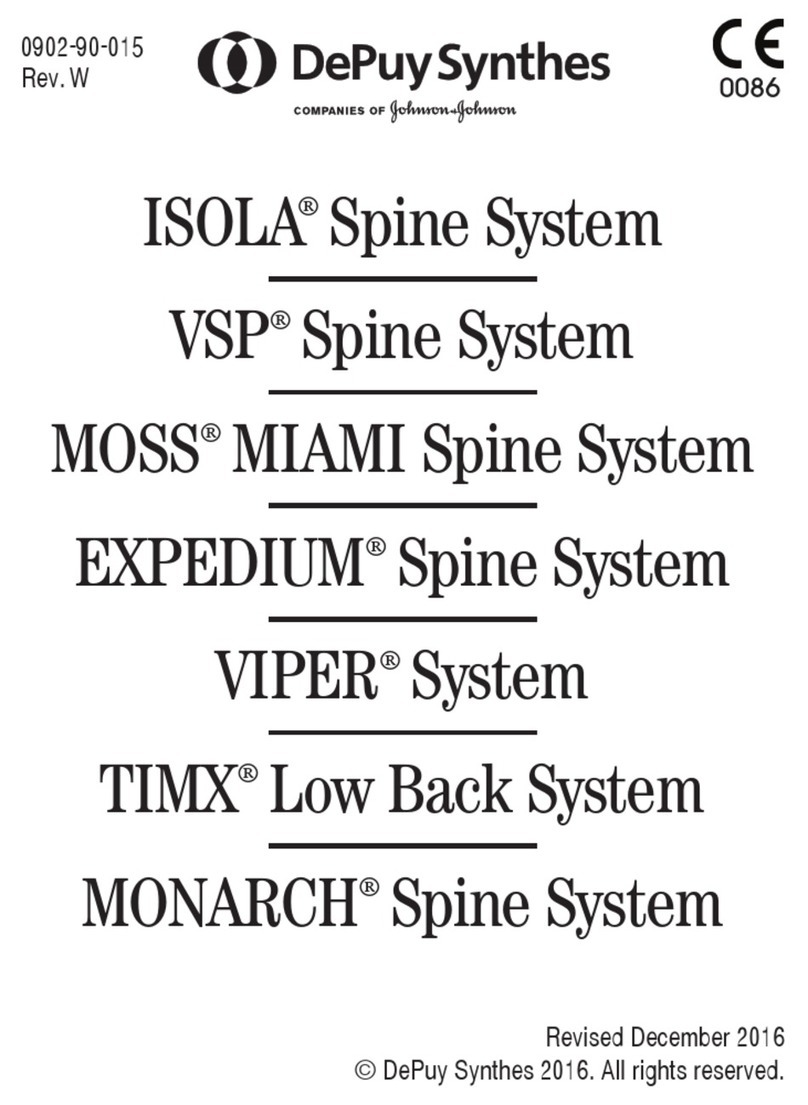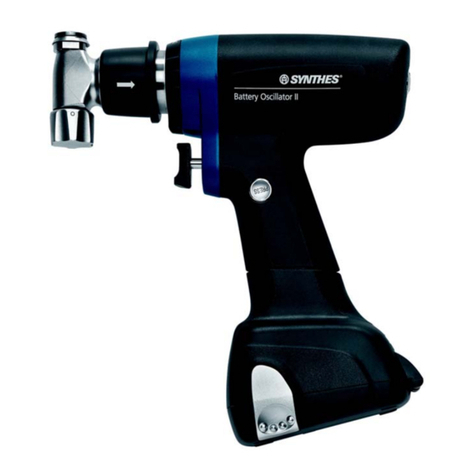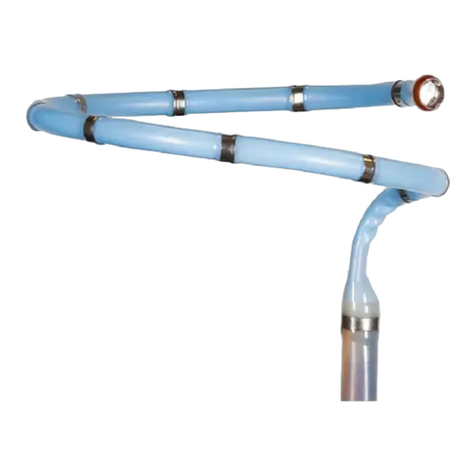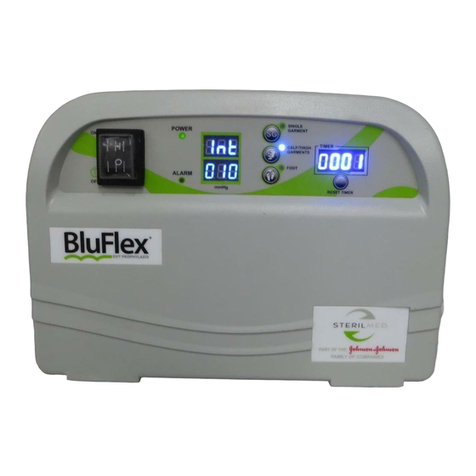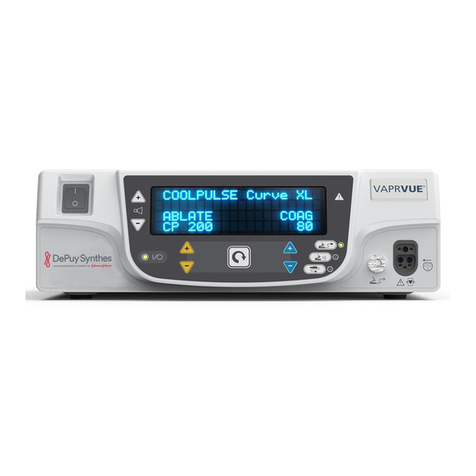
7 of 120
WARNINGS, PRECAUTIONS, AND
ADVERSE EFFECTS CONCERNING
TEMPORARY METALLIC INTERNAL
FIXATION DEVICES
WARNINGS
1. CORRECT SELECTION OF THE IMPLANT IS EXTREMELY
IMPORTANT. The potential for satisfactory fixation is increased
by the selection of the proper size, shape, and design of the
implant. While proper selection can help minimize risks, the size
and shape of human bones present limitations on the size, shape
and strength of implants. Metallic internal fixation devices cannot
withstand activity levels equal to those placed on normal healthy
bone. No implant can be expected to withstand indefinitely the
unsupported stress of full weight bearing.
2. IMPLANTS CAN BREAK WHEN SUBJECTED TO THE
INCREASED LOADING ASSOCIATED WITH DELAYED UNION
OR NONUNION. Internal fixation appliances are load-sharing
devices which are used to obtain alignment until normal healing
occurs. If healing is delayed, or does not occur, the implant may
eventually break due to metal fatigue. The degree or success
of union, loads produced by weight bearing, and activity levels
will, among other conditions, dictate the longevity of the implant.
Notches, scratches or bending of the implant during the course
of surgery may also contribute to early failure. Patients should be
fully informed of the risks of implant failure.
3. MIXING METALS CAN CAUSE CORROSION. There are many
forms of corrosion damage and several of these occur on metals
surgically implanted in humans. General or uniform corrosion is
present on all implanted metals and alloys. The rate of corrosive
attack on metal implant devices is usually very low due to the
presence of passive surface films. Dissimilar metals in contact,
such as titanium and stainless steel, accelerates the corrosion
process of stainless steel and more rapid attack occurs. The
presence of corrosion often accelerates fatigue fracture of
implants. The amount of metal compounds released into the
body system will also increase. Internal fixation devices, such as
rods, hooks, wires, etc., which come into contact with other metal
objects, must be made from like or compatible metals.
4. PATIENT SELECTION. In selecting patients for internal fixation
devices, the following factors can be of extreme importance to the
eventual success of the procedure:
A. The patient’s weight. An overweight or obese patient can
produce loads on the device which can lead to failure of the
appliance and the operation.
B. The patient’s occupation or activity. If the patient is involved
in an occupation or activity that includes heavy lifting, muscle
strain, twisting, repetitive bending, stooping, running, substantial
walking, or manual labor, he/she should not return to these
activities until the bone is fully healed. Even with full healing, the
patient may not be able to return to these activities successfully.
C. A condition of senility, mental illness, alcoholism, or drug
abuse. These conditions, among others, may cause the
patient to ignore certain necessary limitations and precautions
in the use of the appliance, leading to implant failure or
other complications.
D. Certain degenerative diseases. In some cases, the
progression of degenerative disease may be so advanced
at the time of implantation that it may substantially decrease
the expected useful life of the appliance. For such cases,
orthopaedic devices should only be considered a delaying
technique or temporary remedy.
E. Foreign body sensitivity. The surgeon is advised that no
preoperative test can completely exclude the possibility of
sensitivity or allergic reaction. Patients can develop sensitivity or
allergy after implants have been in the body for a period of time.
F. Smoking. Patients who smoke have been observed to
experience higher rates of pseudarthrosis following surgical
procedures where bone graft is used. Additionally, smoking
has been shown to cause diffuse degeneration of intervertebral
discs. Progressive degeneration of adjacent segments caused
by smoking can lead to late clinical failure (recurring pain)
even after successful fusion and initial clinical improvement.
PRECAUTIONS
1. SURGICAL IMPLANTS MUST NEVER BE REUSED. An explanted
metal implant should never be re-implanted. Even though the
device appears undamaged, it may have small defects and
internal stress patterns which may lead to early breakage.
2. CORRECT HANDLING OF THE IMPLANT IS EXTREMELY
IMPORTANT. Contouring of metal implants should only be done
with proper equipment. The operating surgeon should avoid any
notching, scratching or reverse bending of the devices when
contouring. Alterations will produce defects in surface finish and
internal stresses which may become the focal point for eventual
breakage of the implant. Bending of screws will significantly
decrease the fatigue life and may cause failure.
3. REMOVAL OF THE IMPLANT AFTER HEALING. If the device
is not removed following the completion of its intended use, any
of the following complications may occur: (1) Corrosion, with
localized tissue reaction or pain; (2) Migration of implant position
resulting in injury; (3) Risk of additional injury from post-operative
trauma; (4) Bending, loosening, and/or breakage, which could
make removal impractical or difficult; (5) Pain, discomfort,
or abnormal sensations due to the presence of the device;
(6) Possible increased risk of infection; and (7) Bone loss due to
stress shielding. The surgeon should carefully weigh the risks
versus benefits when deciding whether to remove the implant.
Implant removal should be followed by adequate postoperative
management to avoid re-fracture. If the patient is older and has
a low activity level, the surgeon may choose not to remove the
implant thus eliminating the risks involved with a second surgery.
4. ADEQUATELY INSTRUCT THE PATIENT. Postoperative care
and the patient’s ability and willingness to follow instructions are
among the most important aspects of successful bone healing.
The patient must be made aware of the limitations of the implant,
and instructed to limit and restrict physical activities, especially lift-
ing and twisting motions and any type of sports participation. The
patient should understand that a metallic implant is not as strong
as normal healthy bone and could loosen, bend and/or break if
excessive demands are placed on it, especially in the absence of
complete bone healing. An active, debilitated, or demented patient
who cannot properly use weight-supporting devices may be
particularly at risk during postoperative rehabilitation.
5. CORRECT PLACEMENT OF ANTERIOR SPINAL IMPLANTS.
Due to the proximity of vascular and neurologic structures to the
implantation site, there are risks of serious or fatal hemorrhage
and risks of neurologic damage with the use of these products.
Serious or fatal hemorrhage may occur if the great vessels are
eroded or punctured during implantation or are subsequently
damaged due to breakage of implants, migration of implants
or if pulsatile erosion of the vessels occurs because of close
apposition of the implants.
